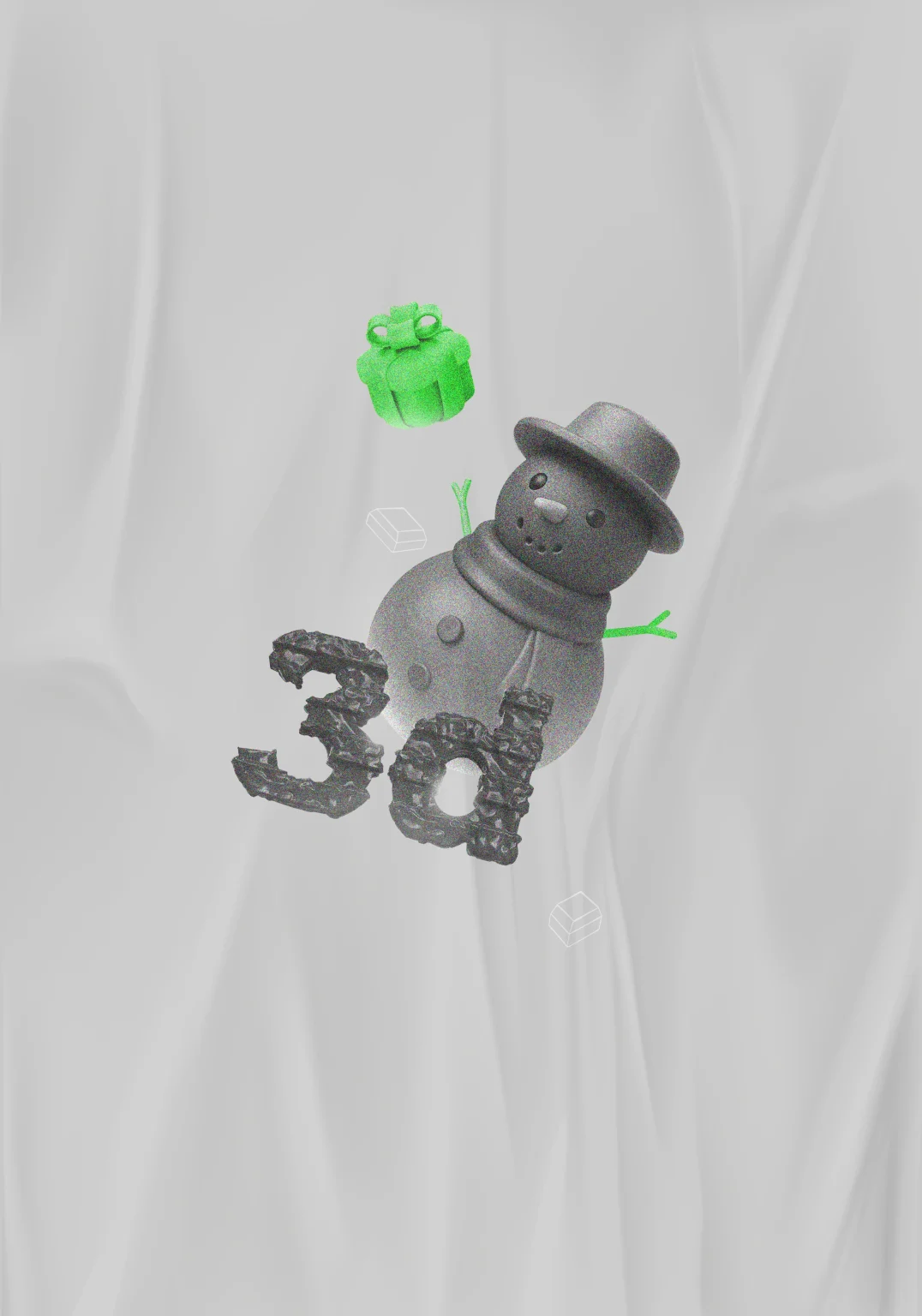Graphic design is one of the prominent ways of communicating strong messages in digital marketing. When it comes to Graphic Design, visuals lie at the heart that draws attention and makes an impression.
For impressive visual design, colour plays the key role in making an impact! That’s why understanding the foundational element, the colour theory, is very important. Various sources can generate design inspiration. But what drives the graphic design at the very start and sets the tone for communication is the colour palette. Remember this simple formula before starting any design project: choosing the right colour palette is the first step to your design success!
The Importance of Colour in Visual Design
Colour isn’t just an add-on; it’s an emotional narrative. For example, red reflects urgency and passion, while blue constructs a feeling of trust and dependability. The communication must be clear and strong in every branding or marketing project. Hence, the colour plays the hero role in this communication.
It’s a highly competitive market out there. The audience that emotionally connects and relates to the design inspiration is most likely going to remember your brand and buy from you. A perfect colour palette builds this connection.
Understand the Colour Theory Basics
Now, you know the vital role of colours in the visual design. But you can implement the right colour combination after clearly understanding the colour theory. Primary, secondary, and tertiary are three types of colours. They form the basis of the colour theory.
Firstly, let’s understand which colours are grouped under each type.
In the traditional colour theory (RYB), the colours are classified as;
- Primary: Red, Yellow, Blue
- Secondary: Green, Orange, Purple
- Tertiary: Red-orange, Yellow-orange, Blue-green
This colour theory slightly changes in the digital context. Red, Green, and Blue (RGB) become the primary colours. Let’s understand this theory and the colour wheel in brief.
Primary Colours
These are the fundamental colours and cannot be created as a mixture of other colours. They play an important role in creating an appealing visual design. They set the tone for the communication with a perfect mix and match.
Secondary Colours
These colours are created as a mixture of primary colours. In the RGB model, the secondary colours are Cyan (Green + Blue), Magenta (Red + Blue), and Yellow (Red + Green).
Tertiary Colours
These colours are created by mixing primary and secondary colours. Consider the combination of Blue and Magenta; it forms the Violet colour.
Building various more attractive colour schemes is possible with the help of tertiary colours.
To understand the colour theory, it is also important to know hue, saturation, and brightness (value). These are the three basic attributes of any colour that define it.
Hue is the actual colour or the pure spectrum colour. It is measured with degrees on the colour wheel. The purity of the colour is represented by the saturation. It describes how much white/black is mixed into the pure hue. It is typically measured in percentage. With 100% saturation, the colour is purest, and the colour with 0% saturation appears as a shade of grey. The value refers to the lightness (White) or the darkness (Black) of the colour. It is also measured in percentages. The colour is completely black when the value is 0%, and it is brightest at 100% value.
Steps To Choose the Right Colour Palette
Know Your Brand/Project Identity
The Brand Identity & Tone, and campaign/project mood are the important factors to be considered while using the colour theory for the perfect visual design. The colour you choose for the design must reflect the mood of the brand.
The purpose of the communication and the colour combination used for the graphic design must go hand in hand for impactful messaging. Colour is the brand identity, and hence it is the first thing you should consider when designing any project. Therefore, understanding the brand identity becomes the first step while deciding the colour palette.
Design Inspiration
The nature of the project and the tone for the messaging have a huge impact on the design inspiration and colour selection. Once the project identity has been cleared, explore the sources from which you can draw inspiration.
These sources will help decide the core colour of your messaging. Check design platforms like Behance, Dribbble, etc., to check the kind of colour combinations to capture a similar mood. You can also draw inspiration from non-digital sources like nature. This design inspiration will lead you to the selection of the most suitable colour palette.
Limit the Number of Colours
Choose only 3-5 colours for the visual design. When you use less number of colours, the design becomes more consistent. Choose one dominant colour, one secondary colour, and one accent colour throughout the visual design. This formula will help in the selection of the colour palette. The more consistent the design, the more accurately the message is delivered.
Since the secondary colour complements the primary, and the accent works as a pop to create visual emphasis to add the vibrancy and guide the specific mood, the colours you choose should complement each other in this design flow.
Consider Accessibility and Readability
While all the above steps are essential, it is important to understand that the success of the campaign/project depends on the message being received and absorbed. The visual design should take care of the visibility and readability of the text in the graphic design. You must ensure that the message is not lost or difficult to access. The design having the least or no readability challenge is the best to deliver the message.
Colours play a key role in this aspect. Using contrasting colours in the background and in the overall design helps keep readability better. Hence, this step is vital in the selection of the colour palette.
Test Across Platforms
Colours appear in different shades across platforms such as web, mobile, print, etc. Hence, it is utterly important to test them after finalising the colour palette.
Common Mistakes to Avoid in Colour Palette Selection
The design inspiration naturally works in the aesthetic sense, and it can be a reason for an error. The most common mistake any designer can make while creating an aesthetically pleasing visual design is to ignore the readability of the text.
You may go with the flow of appealing aesthetics, and miss a few details from the colour theory. This may lead to the overuse of brightness for better vibrancy. But this brightness and vibrancy can affect the readability and overall impact of the visual design.
One more common mistake a designer can make is not aligning with the cultural context while selecting the colour palette. This will directly affect the communication as the target audience will not relate to the cultural context of the graphic design.
Conclusion
Selecting the right colour palette starts with understanding the colour theory and concludes with the correct use across platforms. Each step counts in making effective visual design. The right approach ensures your design is easy for the audience to understand.
And when the time comes to turn colour selection into a powerful brand identity, professional advice counts. Contact Fresh Box Media, a trustworthy Graphic Design Agency in Thane, to bring your brand’s colours to life with simplicity and imagination.
Frequently Asked Questions
What is a colour palette in graphic design?
A colour palette is a combination of colours used throughout a project. It would mostly consist of a main colour, a secondary colour, and an accent colour to bring harmony, depict mood, and ensure brand consistency in visual communication.
How do I choose the best colour palette for my graphic design?
Begin by understanding your brand personality, project mood, and audience. Next, apply colour theory to achieve an equilibrated blend of colours. Take inspiration from nature, design websites such as Behance or Dribbble, or apps such as Adobe Colour and Coolors. Limit yourself to 3–5 colours to keep things consistent and uncomplicated.
Why is colour important in graphic design?
Colour stirs emotions, conveys brand personality, and commands attention. Colour assists your audience in relating to your message and influencing their response. In visual design, the appropriate use of colour can improve readability, direct the viewer’s attention, and maximize overall impact.
Can I use more than three colours in a graphic design project?
Yes, you can—but with purpose. Ideally, work with 3 colours: a main colour, a secondary colour, and 1–2 accent colours. Having more than three colours risks the consistency. Make sure all colours work well together and support the message, mood, and accessibility of the design.



